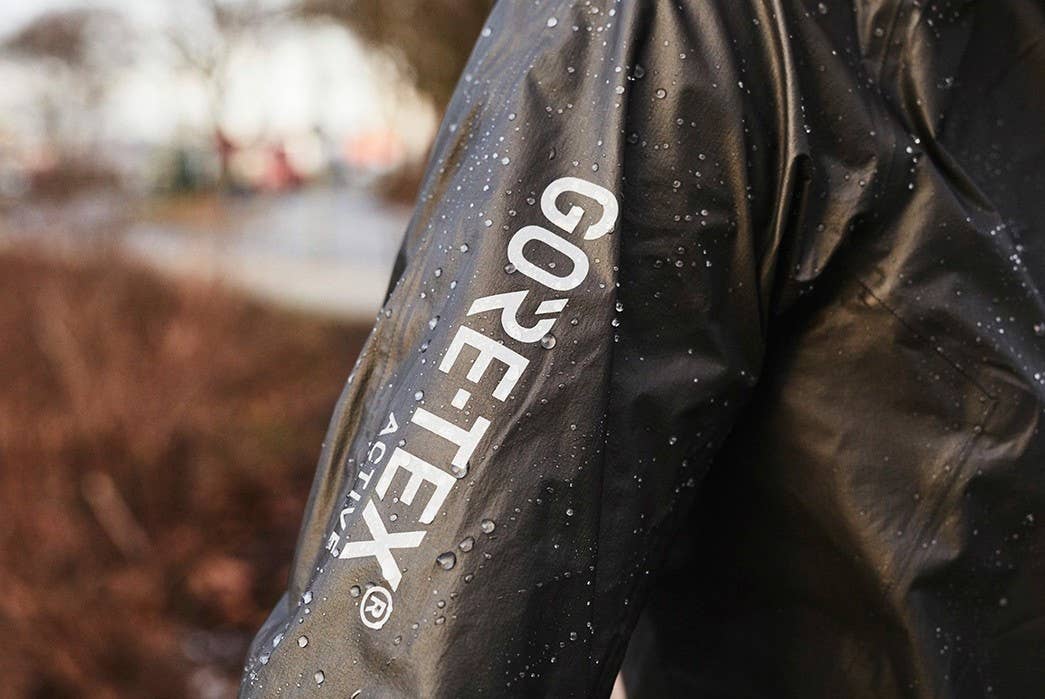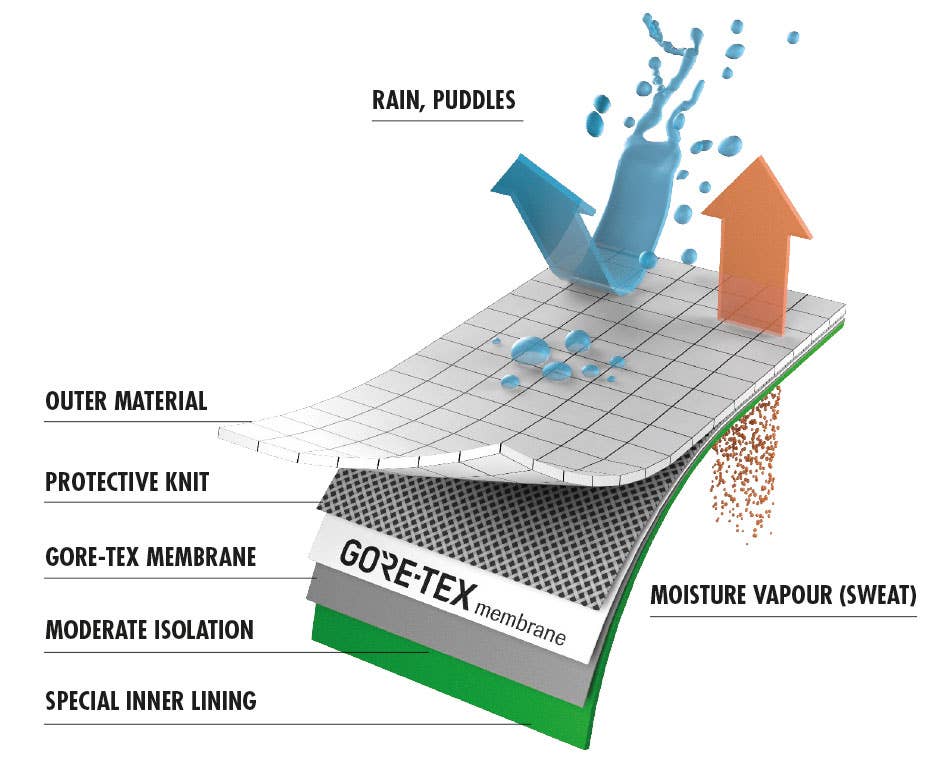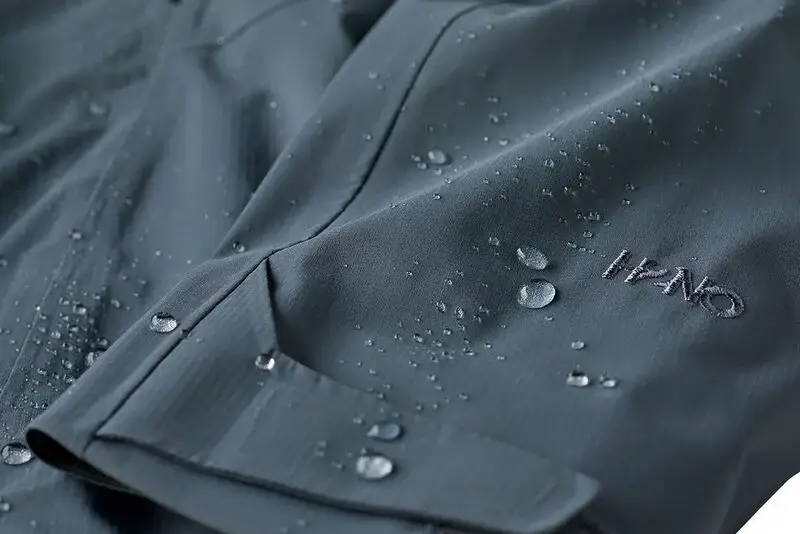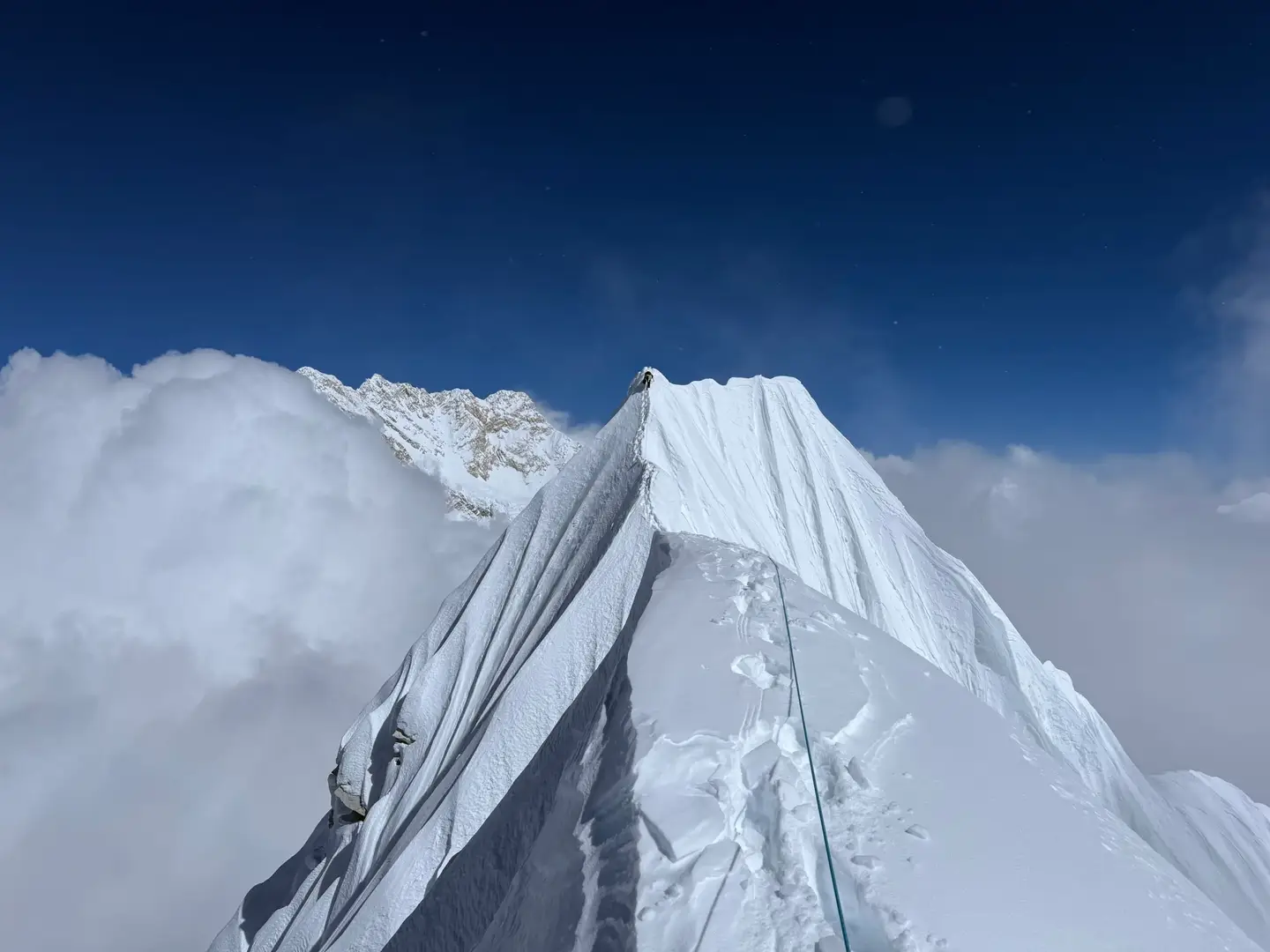

Beyond GORE-TEX: The New Era of Waterproof Breathable Fabrics
Popular Stories
As the first crisp days of fall roll in, the familiar seasonal ritual begins. We pull out our gear from a long summer's nap, dusting off our skis, checking our boots, and inspecting our jackets for wear and tear. It’s a time of renewed excitement and preparation for the deep days ahead. As you're loading up your kit for the upcoming winter, you'll notice something is changing with the most critical layer of all: your outerwear. The world of waterproof breathable fabrics is in the midst of a revolution, and the name that has long dominated the space is facing serious competition.
The New Guard: GORE-TEX and the Move to PFAS-Free
For decades, GORE-TEX has been the industry leader in waterproof and breathable outerwear, a reputation built on the brand's original membrane technology. The secret to its success has always been the unique structure of ePTFE (expanded polytetrafluoroethylene), a polymer with billions of microscopic pores per square inch. These pores are roughly 20,000 times smaller than a single water droplet, making it impossible for rain or snow to get in. At the same time, they're 700 times larger than a water vapor molecule (aka sweat), allowing moisture to escape from the inside. This ingenious design creates a fabric that keeps you dry from the outside while also allowing your body to regulate temperature from the inside, preventing that clammy feeling.

Now, GORE-TEX is ushering in a new era with its ePE (expanded polyethylene) membrane. This new technology is a direct response to a global demand for more sustainable materials and a move away from PFAS "forever chemicals". The ePE membrane is made without intentionally added per- and polyfluorinated substances, reducing its environmental impact. What's remarkable is that this new membrane is even thinner, lighter, and quieter than its predecessor, yet it still delivers the same durable waterproof, windproof, and breathable performance that GORE-TEX is known for. This means you get the same reliable protection while also supporting a more sustainable product.
The Challengers: Brands with Their Own Tech
But the competition isn't sleeping. A new guard of innovative technologies is challenging GORE-TEX's dominance, offering skiers and riders more choices than ever before.

H2No Performance Standard (Patagonia): H2No is not a single fabric but a rigorous testing standard that Patagonia applies to its waterproof garments. The company's fabrics must endure a "Killer Wash" test that simulates years of use and still meet a 10,000mm waterproof rating. While generally less waterproof and breathable than GORE-TEX, with ratings typically between 10,000mm and 20,000mm, H2No fabrics are often praised for being more comfortable and pliable. Additionally, Patagonia’s Deluge DWR treatment is known for being more durable and requiring fewer re-applications than a standard DWR.
FutureLight™ (The North Face): This is a proprietary fabric that promises double the breathability of traditional waterproof membranes while maintaining durable weather protection. Their "nano spinning" technology creates microscopic holes that allow air to pass through, giving you a quieter, less clammy feel on the mountain.
eVent: This fabric uses a different technology that is air-permeable, allowing air to pass through the membrane directly. This can enhance breathability and reduce sweat build-up, making it a favorite for highly active users.
Sign Up for the TGR Gravity Check Newsletter Now

SympaTex: As an eco-friendly alternative to GORE-TEX, SympaTex is a polyester-polyether blend that is 100% recyclable. It provides solid waterproofing and breathability, making it a sustainable choice without compromising on performance.
Pertex: Favored for its balance of low weight, waterproofing, and breathability, Pertex is used by brands for backcountry and lightweight applications. While its waterproof rating may be lower (around 10,000mm), it excels in dynamic conditions and is often a more budget-friendly option than GORE-TEX.
Beyond the Membrane: A Holistic Approach to Design
This isn't just about a single layer; it's about the future of outerwear design. Beyond new membranes, companies are integrating new technologies like "body mapping", which combines different materials like down and synthetics to provide targeted warmth and ventilation. This holistic approach is changing how we think about our gear, from the foundational membranes to the overall construction.
For those of you getting ready to hit the slopes in you TGR Stashaway Shell, know that the industry is constantly evolving to bring you the most advanced and high-performance gear possible. As the market for high-performance, lightweight, and sustainable materials expands, we are entering a new, exciting era of outerwear innovation. The competition is fierce, but for the consumer, that only means one thing: better gear for the season of a lifetime.



